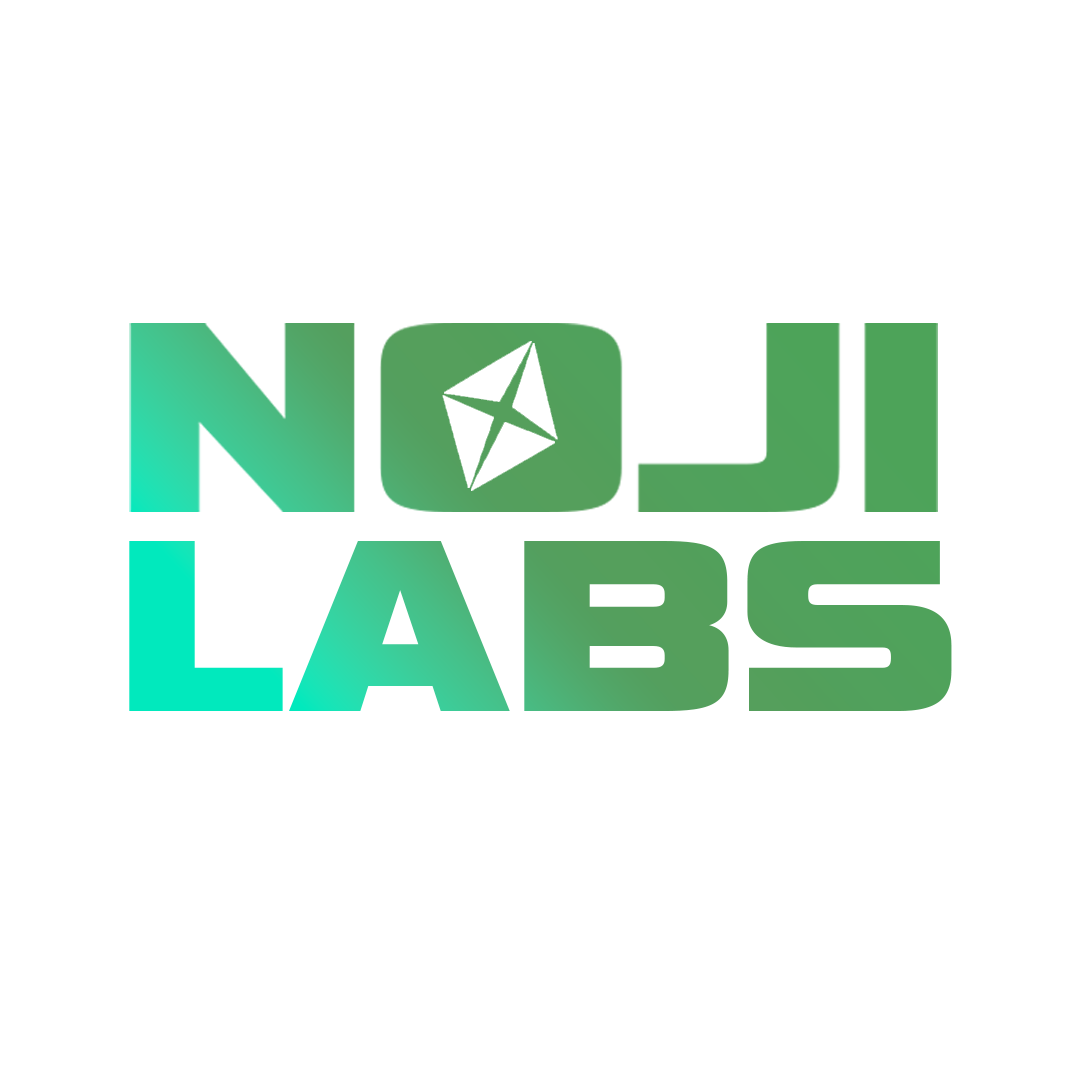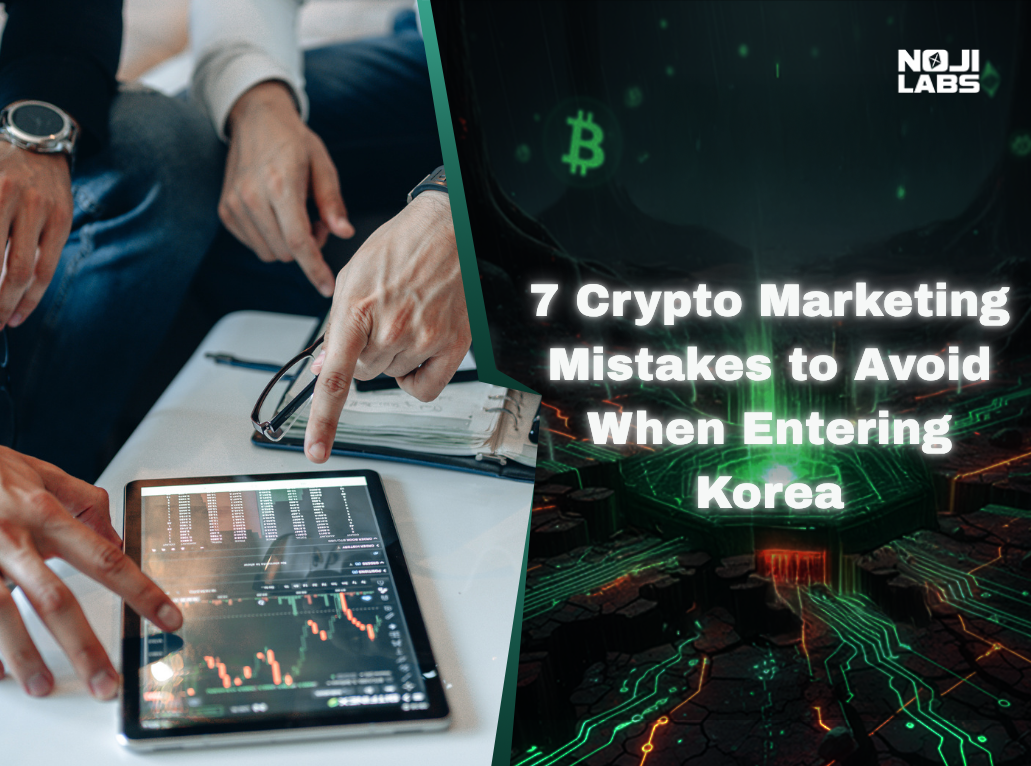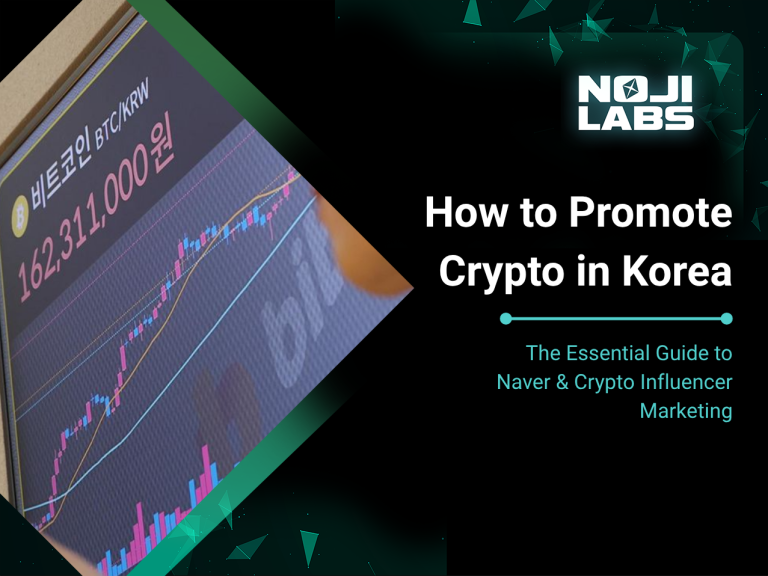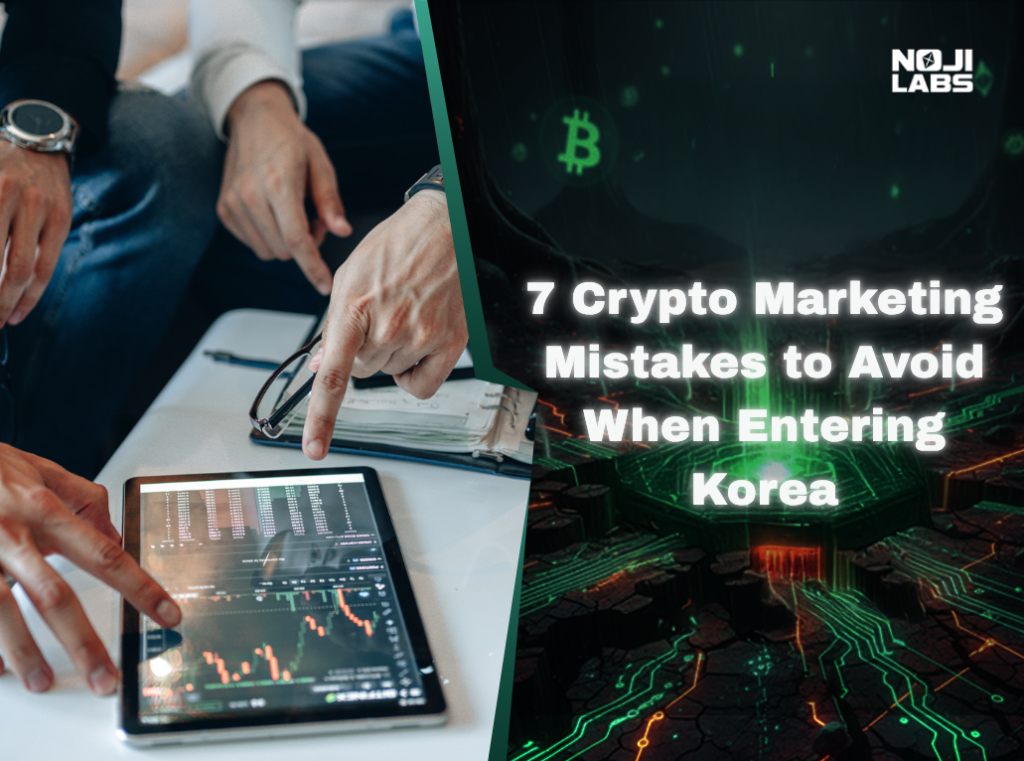
So, you’re ready to break into the Korean crypto market? Cute. Before you start dreaming about instant hype and billion-dollar valuations, let’s pump the brakes. Korea isn’t some “plug-and-play” extension of your global strategy; it’s a battlefield where even solid projects get chewed up and spit out. The truth? Most foreign teams faceplant because they keep making the same predictable crypto marketing mistakes Korea is famous for exposing. Bad translations, cookie-cutter ad campaigns, tone-deaf community management, it’s like watching a slow-motion train wreck. If you don’t want your project to become another cautionary tale, keep reading. We’re about to break down the seven deadly sins of crypto marketing in Korea, and how to dodge them like a pro.
Why Korea Is Both a Dream and a Nightmare for Crypto Projects

Korea is the kind of market that makes crypto founders drool and lose sleep at the same time. On one hand, it’s a playground of retail investors who move faster than a Binance chart on a bull run. Koreans love innovation, they embrace risk, and they’ve built one of the most vibrant trading cultures on the planet. If you want mass adoption, viral hype, and communities that can make or break a token overnight, Korea appears to be a dream come true.
But here’s the nightmare part: the same intensity that fuels growth also fuels brutal competition. Miss a beat, and you’re forgotten by next week. Launch with sloppy messaging, and your project is meme-fodder before you can say “airdrop.” Oh, and let’s not forget compliance. Regulations here don’t play nice with “move fast and break things.” They play more like, “move fast and get fined into oblivion.”
So why do so many projects crash and burn? Simple: they underestimate the complexity of the market. They think “Asia” is one monolithic audience, when in reality, Korea has its own platforms, cultural nuances, and expectations. You can’t just recycle your Western playbook and pray it sticks. Spoiler alert: it won’t.
That’s why ‘why crypto projects fail in Korea’ isn’t some mystery; it’s a list of obvious blunders that keep repeating. The upside? If you know how to navigate the chaos, Korea isn’t just survivable, it’s insanely rewarding. The stakes are high, but so are the payoffs.
The 7 Biggest Crypto Marketing Mistakes in Korea
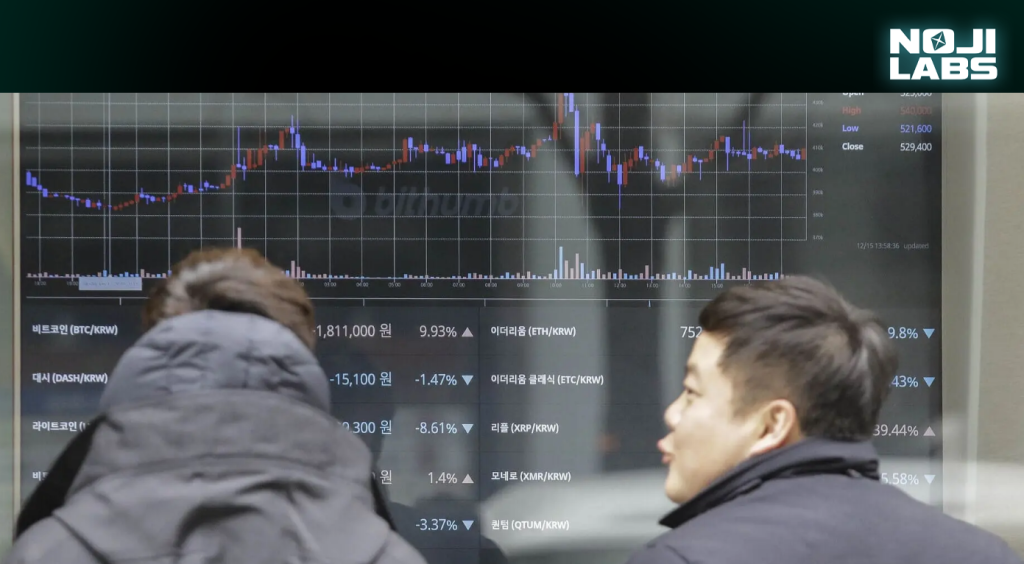
If you’ve ever wondered why foreign crypto projects keep belly-flopping in Korea, it’s not because Koreans “don’t get it.” It’s because teams continue to make the same lazy mistakes. Some of these are so common they’ve become inside jokes in local communities. Let’s break down the seven greatest hits, aka the crypto marketing equivalent of shooting yourself in the foot. And yes, we’ll throw in some bad marketing examples along the way for maximum cringe.
Mistake #1 – Copy-Pasting Your Western Playbook
Ah, yes, the classic: run Twitter ads, distribute English-only whitepapers, and host a Discord AMA that nobody attends. Guess what? Koreans aren’t living on the same apps as your Silicon Valley fanboys. If you’re not on KakaoTalk, Naver, and the forums locals actually use, you don’t exist. Bad marketing example? Projects that rely solely on global Twitter hype often wonder why their Korean token holders abandon them.
Mistake #2 – Ignoring Compliance (Until It’s Too Late)
Crypto ads here aren’t a free-for-all. Regulations are strict, platforms are cautious, and anything that smells scammy gets nuked instantly. Yet, somehow, brands continue to run campaigns as if it were 2017’s ICO season. Bad marketing example: blasting sketchy Google ads in Korea and acting shocked when your account gets banned before the first click.
Mistake #3 – Treating Korea Like a Side Quest
Too many projects “test” Korea with half-baked launches, inadequate local support, and English-only press releases. Spoiler: Koreans notice when you’re phoning it in. Treat the market like an afterthought, and you’ll get exactly what you put in, nothing.
Mistake #4 – Bad Community Management = Instant Death
Korean crypto communities aren’t passive followers; they’re watchdogs with zero patience for nonsense. If you don’t update regularly, answer questions honestly, and actually engage, you’re toast. Bad marketing example: setting up a Telegram group, dropping a couple of “to the moon” gifs, then going radio silent. Congrats, you just built a ghost town.
Mistake #5 – Overhyping, Underdelivering
Nothing kills credibility faster than shouting “world-changing” and delivering a glorified DEX clone. Koreans are hype-driven, sure, but they’re also ruthless when you don’t give. Once they tag you as all talk, your project’s reputation is cooked.
Mistake #6 – Skipping Localization (Because Google Translate Exists, Right?)
Literal translations are not localization. Cultural nuance matters a lot. Run a poorly translated campaign and you’ll either confuse or insult your audience. Bad marketing example: projects that slap their English copy into Google Translate and end up with slogans that sound like bad karaoke subtitles.
Mistake #7 – Thinking Ads Alone Will Save You
Paid ads can amplify a message, but they’re not a substitute for an actual strategy. In Korea, where crypto ad restrictions are already tight, spray-and-pray ad budgets are a fast way to burn cash. Without organic trust, Korean crypto influencer credibility, and genuine community traction, ads are just white noise.
Bottom line: If you want to succeed in Korea, study these failures like your survival depends on it, because it does. Avoiding these blunders is the difference between building a loyal Korean community and becoming another cautionary meme.
Lessons From the Wreckage: Korea’s Worst Crypto Flops

If you think we’re exaggerating about how brutal the Korean market is, let’s take a walk through the crypto graveyard. The wreckage is littered with projects that had funding, hype, and even solid tech, but still managed to trip over their own shoelaces. What went wrong? Spoiler: the same bad marketing examples we keep warning you about.
The “Lost in Translation” Disaster
One infamous project attempted to infiltrate Korea with a whitepaper that appeared to have been translated through Google Translate by a sleep-deprived intern. The result? Sentences that made no sense, slogans that became memes, and a community that couldn’t stop laughing. Lesson learned: Koreans have zero patience for sloppy localization. If your messaging is cringe, your project is toast.
The Overhype → Underwhelm Implosion
Another token went all-in on hype marketing, flashy teasers, “world-changing” claims, and a launch countdown plastered across every platform. And then? A glorified copy-paste of an existing exchange, nothing innovative. The backlash was instant. Korean investors don’t mind excitement, but they do mind being sold vaporware. If you can’t deliver, don’t overpromise.
The Ghost Town Community
Here’s a classic: a project set up a Telegram group, added thousands of members via airdrops, and then… silence. No updates. No engagement. Just bots and tumbleweeds. Within weeks, the Korean community tagged it as another “dead coin.” In a market that thrives on speed and transparency, disappearing is marketing suicide.
The Compliance Crash
Finally, a project thought they could get cute with ads. They blasted aggressive campaigns across Google and Facebook without considering Korea’s strict ad rules. Result? Accounts banned, campaign killed, reputation wrecked before the token even launched. Regulations here aren’t optional; they’re landmines, and ignoring them is fatal.
These aren’t ancient history; they’re mistakes that keep repeating. And the worst part? They were all avoidable. The wreckage isn’t proof that Korea is impossible; it’s proof that most teams are lazy, reckless, or both. Learn from these flops, or risk starring in the following case study of “what not to do.”
So… What Actually Works in Korea?
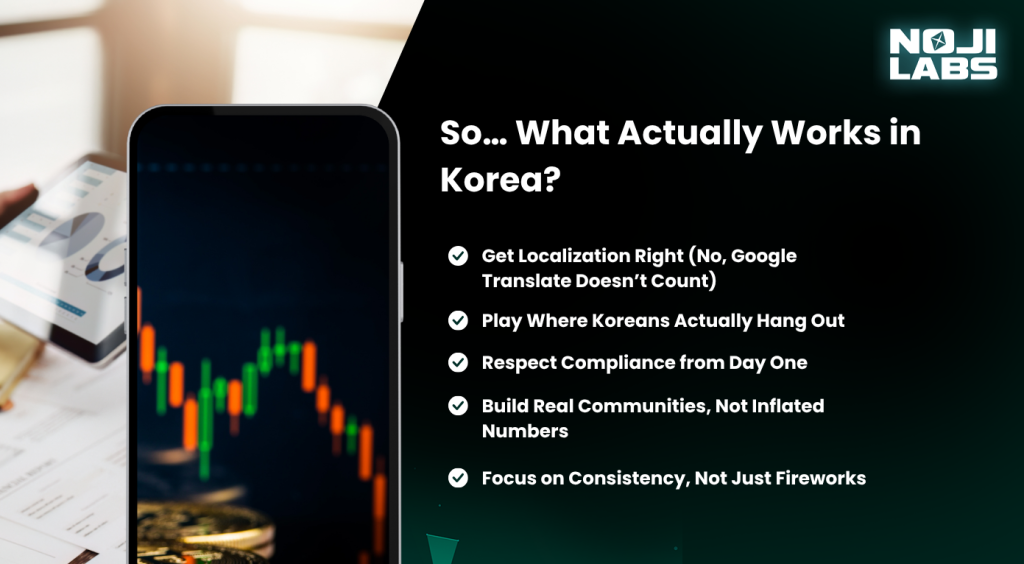
By now, you’re probably thinking, “Okay, fine—we get it. Korea’s tough. So how the hell do we not screw this up?” Glad you asked. The truth is, success here isn’t about magic hacks or overnight hype. It’s about doing the basics better than 90% of the projects that show up and implode. Here’s what actually works if you want to play the long game in Korea:
Get Localization Right (No, Google Translate Doesn’t Count)
If your whitepaper reads like a bad karaoke lyric sheet, you’ve already lost. Koreans value tone, nuance, and cultural sensitivity. That means professional translation, localized marketing assets, and messaging that feels native, not foreign copy dressed up with Hangul. A simple rule: if your campaign wouldn’t make sense to your Korean grandma, it won’t make sense to Korean retail investors either.
Play Where Koreans Actually Hang Out
Forget your Discord-only strategy. Koreans live on KakaoTalk, Naver communities, and other homegrown platforms. If you’re not showing up where conversations already happen, you’re invisible. The best-performing projects don’t try to force Koreans onto Western platforms; they adapt to Korea’s digital ecosystem and succeed on its own terms.
Respect Compliance from Day One
Korea is not the place to test “move fast, break things.” Here it’s more like, “move fast, get banned.” Crypto advertising in Korea, PR, and even influencer campaigns can fall under regulatory scrutiny. The projects that thrive? They bake compliance into their marketing, rather than treating it as a cleanup job after the damage is done.
Build Real Communities, Not Inflated Numbers
Koreans can smell fake hype faster than you can say “airdrop.” They value transparency, speed of communication, and proof that you’re here for the long haul. That means hiring real community managers, delivering updates in real-time, and actually listening when investors speak. A lively KakaoTalk group beats a 50,000-member Telegram ghost town any day.
Focus on Consistency, Not Just Fireworks
Sure, you can grab attention with a flashy launch. But what happens after? Too many projects prioritize short-term gains over long-term trust. In Korea, consistency is king. Weekly updates, meaningful milestones, and delivering on promises will do more for your reputation than one viral stunt ever could.
The TL;DR? Korea rewards teams that actually respect the market. Show up seriously, localize properly, engage authentically, and stay consistent. Do that, and suddenly you’re not another outsider making excuses, you’re a contender.
How Noji Labs Helps You Not Be a Statistic

Look, we’ve all seen the stats. For every project that takes off in Korea, there are ten left face-down in the digital gutter. Most fail not because their tech sucked, but because their marketing did. The good news? You don’t have to be another “remember that one?” cautionary tale. This is exactly where Noji Labs comes in.
We don’t just translate your campaign, we transform it into something that lands with Korean audiences. That means ditching the cookie-cutter Western playbook and building strategies designed for Korea’s unique culture, platforms, and investors.
Here’s what that looks like in real life:
- Deep Market Insight – We know the difference between a dead-end Discord server and a thriving KakaoTalk community. (And yes, Koreans can tell if you don’t.)
- Compliance Without the Headaches – Forget “we’ll deal with it later.” We bake compliance into your campaigns from day one, so you don’t get blindsided by regulators mid-launch.
- Community Management That Doesn’t Implode – Our team actually engages, fast, real, and in the right tone. No ghosting, no cringe, no chaos.
- Creative That Clicks (Not Crashes) – We ensure your content not only translates, but also resonates. The kind that sparks trust, not eye-rolls.
The bottom line? Noji Labs turns “bad marketing examples” into benchmarks for how to actually win in Korea. You bring the project. We’ll make sure it doesn’t die on arrival.
Don’t Be the Next Bad Marketing Example

Let’s cut to the chase: Korea’s crypto market is not a playground for amateurs. Every year, projects with shiny tech and fat funding tanks fail spectacularly because they ignored the rules, skipped localization, or just assumed hype would carry them. The sad truth? Most foreign teams could’ve avoided disaster with a little strategy, cultural insight, and some actual effort.
Here’s the deal: being another cautionary tale is optional. You don’t have to be the next bad marketing example that everyone whispers about on crypto forums. The difference between crash-and-burn and a thriving Korean launch isn’t luck; it’s knowing the market, respecting compliance, mastering community engagement, and crafting campaigns that actually resonate.
That’s where Noji Labs comes in. We turn mistakes into lessons, failures into wins, and unknown projects into respected players. Stop guessing and start executing like a team that’s already lived through the failures you’re about to make.
Ready to launch in Korea without face-planting?
FAQs
Most failures aren’t about technology; they’re about marketing. Teams ignore local culture, skip compliance, overhype, or mismanage communities. The result? Projects become bad marketing examples that Koreans remember and meme for months.
Common pitfalls include copying and pasting Western strategies, skipping localization, overhyping without substance, neglecting community management, and assuming ads alone will carry your launch. These are the classic crypto marketing mistakes Korea warns you about.
KakaoTalk, Naver communities, and local crypto forums are the real battlegrounds. Forget relying solely on Telegram, Twitter, or Discord; success depends on showing up where Korean investors actually spend their time.

